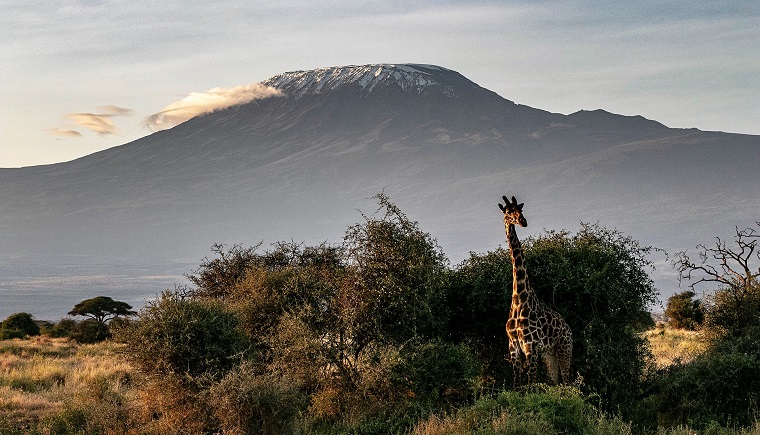
Tanzania Tourist Destinations
Discover Top Tourist Destinations and learn how to travel to Africa: Tanzania is an East African country known for its vast wilderness areas. They include the plains of Serengeti National Park, a safari mecca populated by the “big five” game (elephant, lion, leopard, buffalo, rhino), and Kilimanjaro National Park, home to Africa’s highest mountain. Offshore lie the tropical islands of Zanzibar, with Arabic influences, and Mafia, with a marine park home to whale sharks and coral reefs.
- Capital: Dodoma
- Currency: Tanzanian shilling
- The great migration, Tanzania
- Official languages: Swahili, English
- Dialing code: +255
Serengeti
The Serengeti ecosystem is a geographical region in Africa, spanning northern Tanzania and some of southwestern Kenya. The protected area within the region includes approximately 30,000 km² of land, including the Serengeti National Park and several game reserves.
The Great Migration sees over 1.5 million wildebeest, 200,00 zebra and a host of other antelope traveling cross country. Between January and March, half a million wildebeest are born each year.
Tanzania Mount Kilimanjaro
Mount Kilimanjaro or just Kilimanjaro, with its three volcanic cones, Kibo, Mawenzi, and Shira, is a dormant volcano in Tanzania. It is the highest mountain in Africa and the highest single free-standing mountain in the world, with its summit of 5,895 metres above sea level and at about 4,900 metres high from its plateau base. Kilimanjaro is also the fourth most topographically prominent peak on Earth. The first people known to have reached the summit of the mountain were Hans Meyer and Ludwig Purtscheller, in 1889. The mountain is part of Kilimanjaro National Park and is a major climbing destination. Because of its shrinking glaciers and disappearing ice fields, the mountain has been the subject of many scientific studies.
Ngorongoro Conservation Area, Tanzania
The Ngorongoro Conservation Area in Tanzania is made exceptional by its volcanic crater - the largest un-flooded and unbroken caldera in the world. This vast depression acts as a natural enclosure for countless wildlife species, including the Big Five. Highlights range from a healthy population of black rhino to some of the largest tusker elephants on the continent. The lake at the center of the crater also hosts huge flocks of rose-colored flamingos, while Maasai tribespeople still lives within the conservation area. Another unmissable attraction is the Olduvai Gorge, an important paleoanthropological site that has contributed hugely to our understanding of human evolution.
Tanzania Tarangire National Park
Tarangire National Park is a national park in Tanzania's Manyara Region. The name of the park originates from the Tarangire River that crosses the park. The Tarangire River is the primary source of fresh water for wild animals in the Tarangire Ecosystem during the annual dry season. The Tarangire Ecosystem is defined by the long-distance migration of wildebeest and zebras. During the dry season thousands of animals concentrate in Tarangire National Park from the surrounding wet-season dispersal and calving areas. It covers an area of approximately 2,850 square kilometers The landscape is composed of granitic ridges, river valley, and swamps. Vegetation is a mix of Acacia woodland, Combretum woodland, seasonally flooded grassland, and baobab trees.
Zanzibar: A History of Tanzania's Spice Islands
Situated off the coast of Tanzania and washed by the warm, clear waters of the Indian Ocean, Zanzibar is a tropical archipelago comprised of several scattered islands – the two largest of which are Pemba and Unguja, or Zanzibar Island. Today, the name Zanzibar evokes images of white sand beaches, slender palms, and turquoise seas, all kissed by the spice-laden East African trade winds. In the past, however, an association with the slave trade gave the archipelago a more sinister reputation.